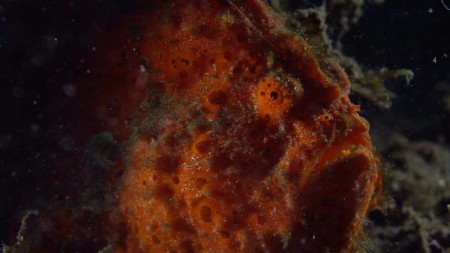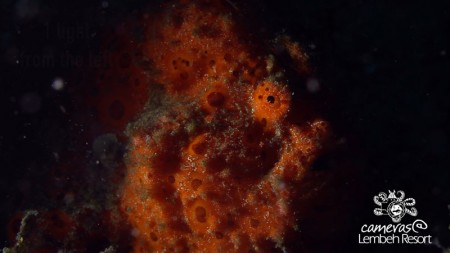Tuesday Tips & Techniques from Photo Pro Sascha Janson #29
On select Tuesdays, Cameras@Lembeh Resort – the first and only dedicated photo & video center in Lembeh Strait with full time on site photo pro – will feature Tips and Techniques by Photo Pro Sascha Janson. Sascha covers everyday situations he sees or has been asked about when talking with our visiting underwater photographers, so stay tuned, Sascha will offer up a range of information to help you become better prepared for underwater photography abroad and overcome some situations that may happen on dive holidays. You never know what piece of wisdom he will impart. Interested in a photo or video course, maybe you need a flip mount holder made on our 3D printer for your new diopter (maybe you just want to see a 3D printer)? Stop into cameras@Lembeh Resort and Sascha can set up time to assist you in capturing the best images possible.
Sascha says: Sometimes one strobe is better than two!
To make subjects ‘pop out’ while muck diving, we have to separate the subjects from the distracting background (often sand), and sometimes this can be done with using only one strobe (or video light) instead of using two. When using two strobes, we light up the whole area (unless we use advanced techniques) whereas when using one strobe only, the subject can produce a black background by creating a shadow.

Painted frogfish (Antennarius pictus) lit up with two lights, one from the left and one from the right side. The light on the right side illuminates the frogfish’s chin and left eye, as well as the sand and surroundings.

Painted frogfish (Antennarius pictus) lit up with one light from the left only. The frogfish creates a shadow and we separate the subject with a black background from its surroundings.
It is also easier to play around with strobe positions when there is only one. I’m not saying that you shouldn’t use two strobes at all, but sometimes it is nice to try something different. Even if you have two strobes connected to your rig, you can always switch one off and give it a try. Here’s a short video to show the difference between using one light vs. using two.
Stay tuned for more Tuesday Tips & Techniques



